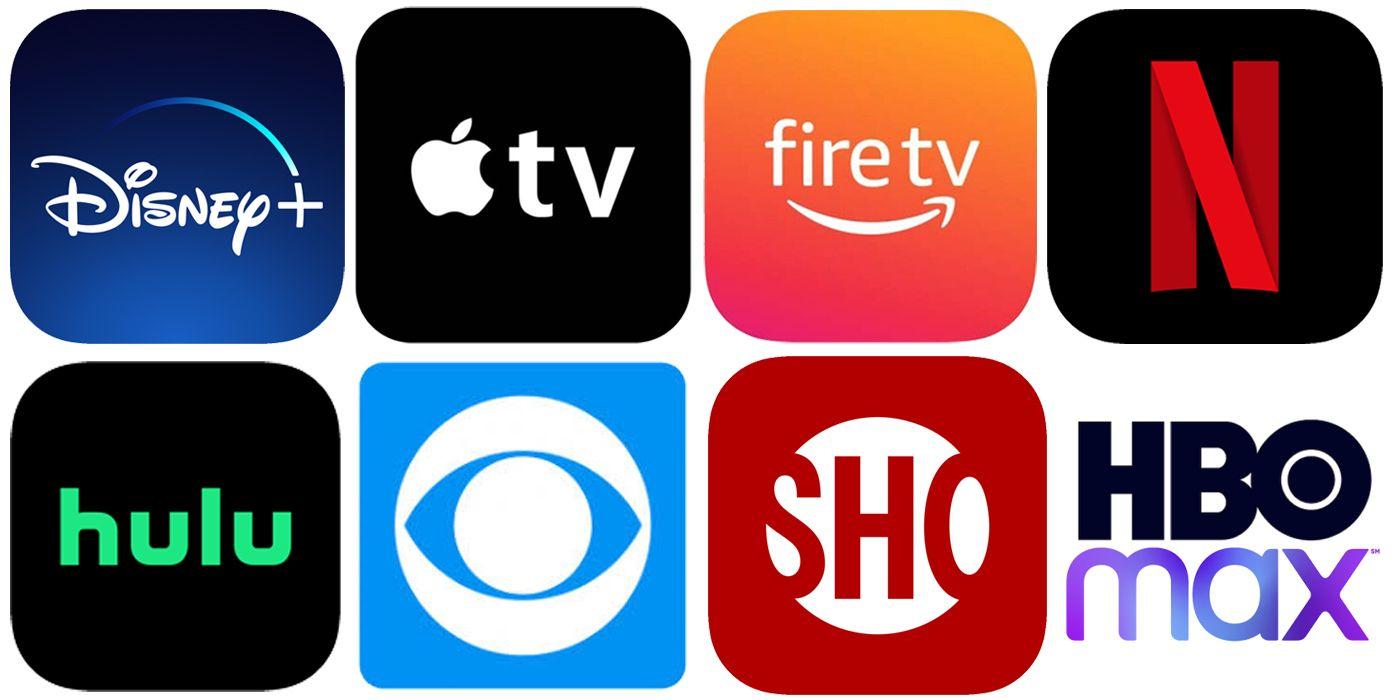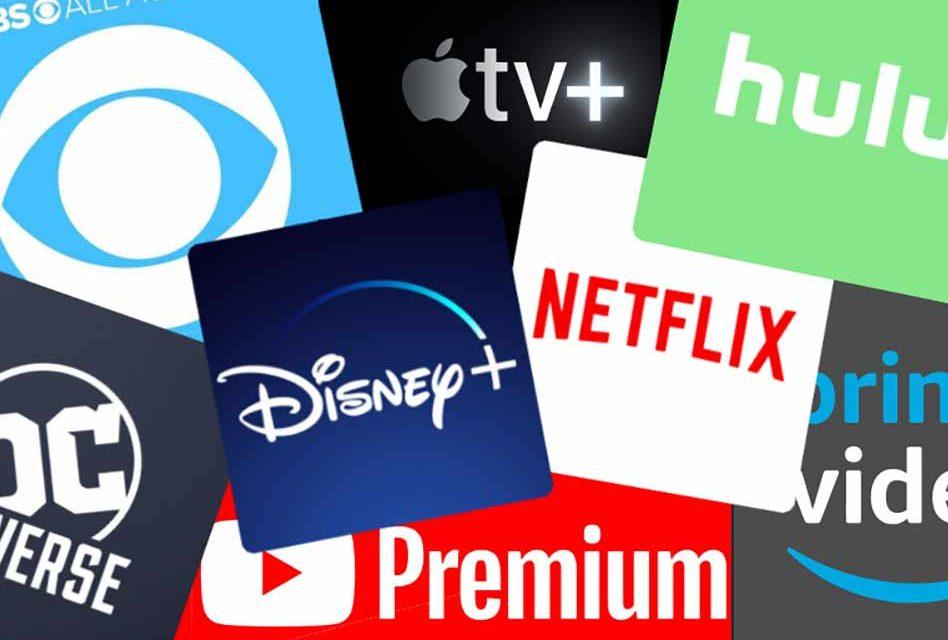In recent years, the entertainment landscape has undergone a seismic shift with the rapid proliferation of streaming services. Platforms like Netflix, Amazon Prime, and Disney+ have redefined how audiences consume films, offering unparalleled convenience and a vast array of choices at the click of a button. This transformation raises a pressing question: are these digital giants spelling the demise of traditional movie theaters? As box office numbers fluctuate and theaters grapple with evolving consumer habits, it becomes crucial to dissect the impact of streaming on the cinematic experience. This article delves into the dynamics at play, exploring whether streaming services are merely a disruptive force or if they herald the end of an era for the movie theater industry.
Impact of Streaming Services on Traditional Cinema Attendance
The rise of streaming platforms has undeniably reshaped the landscape of film consumption, posing significant challenges to traditional cinema attendance. With the convenience of on-demand access, viewers are increasingly opting for the comfort of their homes over the theater experience. High-quality original content from platforms like Netflix, Amazon Prime, and Disney+ has attracted a massive audience, offering a vast library that often surpasses what local theaters can provide. This shift in consumer behavior has prompted a decline in ticket sales, leading to a noticeable impact on the financial stability of cinemas.
- Accessibility and Convenience: Streaming services allow audiences to watch movies anytime, anywhere, without the constraints of showtimes or travel.
- Cost Efficiency: A monthly subscription often costs less than a single family outing to the cinema, making streaming an economical choice for many.
- Content Variety: The extensive catalog of films and series available on streaming platforms caters to diverse tastes and preferences, which can be more appealing than limited theater selections.
However, it’s important to note that while the traditional cinema experience faces challenges, it continues to hold a unique appeal. The communal aspect of watching a film on the big screen, complete with surround sound and larger-than-life visuals, is something that streaming cannot replicate. Cinemas are adapting by offering enhanced experiences, such as IMAX and 4D, and exclusive releases, aiming to draw audiences back. The ongoing evolution of both industries suggests a potential coexistence, where each caters to different aspects of viewer preferences.

Economic Shifts and the Viability of Movie Theaters
The landscape of cinema has been profoundly affected by the rise of streaming platforms, leading to significant economic changes within the industry. Traditional revenue models that relied heavily on box office sales are being challenged by the subscription-based approach of streaming services. The flexibility and affordability offered by these platforms have attracted a substantial audience, resulting in a shift of consumer spending habits.
- Cost Efficiency: Monthly subscriptions often cost less than a single movie ticket, appealing to budget-conscious consumers.
- Convenience: The ability to watch films anytime, anywhere provides unmatched accessibility.
- Content Variety: A wide array of choices, from blockbuster hits to niche films, caters to diverse tastes.
These shifts pose a challenge to movie theaters, which must adapt by enhancing the cinematic experience to remain competitive. Innovations such as luxury seating, immersive sound systems, and exclusive screenings are strategies employed to attract audiences. However, whether these efforts will be enough to sustain profitability in the long term remains a critical question.

Technological Advancements and Consumer Preferences
In recent years, the rapid pace of technological advancements has significantly altered how consumers engage with entertainment. High-speed internet, smart TVs, and mobile devices have made streaming services more accessible and appealing. As a result, many people now prefer the convenience of watching movies at home. This shift in consumer preferences is evident as platforms like Netflix, Disney+, and Amazon Prime offer a vast array of content that can be enjoyed anytime, anywhere.
- On-demand access: Streaming services provide the ability to watch movies and shows without adhering to a fixed schedule.
- Cost-effectiveness: Subscriptions often cost less than a single trip to the theater, especially for families.
- Diverse content libraries: Users have access to a wide range of genres and international films that may not be available in local theaters.
While the allure of streaming is undeniable, it’s important to consider whether this convenience is at odds with the traditional cinematic experience. Theaters offer a communal atmosphere and a larger-than-life screen that streaming cannot replicate. As technology continues to evolve, the industry must adapt to balance these emerging consumer preferences with the unique offerings of the theater experience.

Strategies for Movie Theaters to Adapt and Thrive
- Enhanced Experience: Movie theaters can capitalize on what streaming services can’t offer—an immersive cinematic experience. Upgrading to state-of-the-art sound systems, high-resolution screens, and comfortable seating can draw audiences seeking more than just the convenience of home viewing. Offering exclusive screenings, director’s cuts, or interactive Q&A sessions with filmmakers can further differentiate the theater experience.
- Diversified Offerings: Expanding beyond traditional movie showings can attract a wider audience. Hosting themed nights, film festivals, or live-streaming events such as concerts and sports can fill seats. Additionally, introducing loyalty programs, subscription models, and dynamic pricing strategies can encourage repeat visits and cater to different audience segments.
The key lies in creating a unique, multifaceted experience that streaming platforms can’t replicate. By blending innovation with tradition, theaters can redefine their role in the entertainment landscape, ensuring they remain a vital part of cultural and social life.



